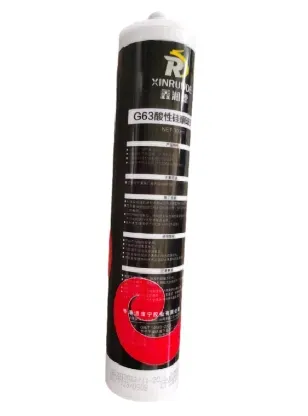loading...
- No. 9, Xingyuan South Street, Dongwaihuan Road, Zaoqiang County, Hengshui, Hebei, China
- admin@zjcomposites.com
- +86 15097380338
- Welcome to visit our website!
frp bridge deck panels
Understanding FRP Bridge Deck Panels A Modern Solution for Bridge Construction
Fiber Reinforced Polymer (FRP) composite materials have emerged as a revolutionary solution in the civil engineering and construction industries, particularly when it comes to bridge deck design and implementation. The utilization of FRP bridge deck panels offers numerous advantages over traditional materials. This article explores the benefits, applications, and considerations of using FRP in bridge construction.
What are FRP Bridge Deck Panels?
FRP bridge deck panels are constructed from a composite material that combines a polymer matrix with fiber reinforcement, typically glass, carbon, or aramid fibers. This composite construction imparts unique properties to the panels, such as increased strength, reduced weight, and superior resistance to environmental factors. They can be produced in various shapes and sizes to meet specific design needs, making them a versatile option for bridge construction.
Benefits of FRP Bridge Deck Panels
1. Lightweight Construction One of the primary advantages of FRP bridge deck panels is their lightweight nature. Traditional concrete or steel construction methods can be cumbersome and heavy, often requiring additional support. The reduced weight of FRP panels simplifies installation and can lead to savings in labor and transportation costs.
2. Corrosion Resistance FRP materials are inherently resistant to corrosion, which makes them ideal for bridge applications in environments subject to moisture, salts, and other corrosive agents. This property significantly enhances the lifespan of the bridge, reducing maintenance costs and extending the interval between repairs.
3. High Strength-to-Weight Ratio FRP panels possess an impressive strength-to-weight ratio, allowing for efficient load-bearing without the bulk of traditional materials. This quality makes them suitable for a wide range of bridge designs, from pedestrian walkways to heavy vehicle load-bearing structures.
frp bridge deck panels

4. Design Flexibility The manufacturing processes for FRP panels enable a high degree of design flexibility. Engineers can create panels with specific shapes and structural features tailored to the needs of the project. This adaptability provides architects and engineers with the freedom to innovate and create unique designs that meet aesthetic and functional requirements.
5. Reduced Construction Time The ease of handling and installing FRP bridge deck panels can lead to significant reductions in construction time. Quick installation means that bridges can be opened to the public sooner, minimizing disruption and enhancing overall project efficiency.
Applications of FRP Bridge Deck Panels
FRP bridge deck panels are increasingly being employed in various bridge types, including
- Pedestrian Bridges Their lightweight and corrosion-resistant properties make FRP panels ideal for pedestrian bridges in urban settings or parks. - Railway Bridges The ability to support heavy loads without compromising structural integrity makes FRP suitable for railway applications. - Overpasses and Highway Bridges FRP panels can cater to the demanding requirements of vehicle transport while providing a long lifespan and low maintenance.
Considerations for Use
While there are numerous advantages to using FRP bridge deck panels, engineers must also consider factors such as initial costs, material sourcing, and compatibility with existing infrastructure. The upfront investment may be higher than conventional materials, but the long-term savings in maintenance and repairs often justify the expense.
In conclusion, FRP bridge deck panels represent a significant advancement in bridge construction technology. Their lightweight, corrosion-resistant, and high-strength properties provide numerous benefits that enhance bridge design and durability. As infrastructure needs continue to evolve, the adoption of FRP materials will likely play a crucial role in building sustainable and resilient bridges for the future. As engineers and construction professionals increasingly recognize their advantages, FRP panels are set to become a staple in modern bridge design.
-
The Rise of FRP Profiles: Strong, Lightweight, and Built to LastNewsJul.14,2025
-
SMC Panel Tanks: A Modern Water Storage Solution for All EnvironmentsNewsJul.14,2025
-
GRP Grating: A Modern Solution for Safe and Durable Access SystemsNewsJul.14,2025
-
Galvanized Steel Water Tanks: Durable, Reliable, and Ready for UseNewsJul.14,2025
-
FRP Mini Mesh Grating: The Safer, Smarter Flooring SolutionNewsJul.14,2025
-
Exploring FRP Vessels: Durable Solutions for Modern Fluid HandlingNewsJul.14,2025
-
GRP Structures: The Future of Lightweight, High-Performance EngineeringNewsJun.20,2025
